You can. But it is not recommended.
When you imagine a baked potato, it’s highly possible that you envision it wrapped in shiny aluminum foil. We have come to associate baked potatoes with foil as they are often served this way in restaurants or at cookouts, and you’ve probably seen your parents or grandparents cook them this way. However, the idea that potatoes should be baked in foil is one of the most common misconceptions in the kitchen.
The Reasons Why You Shouldn’t Bake Potatoes In Foil
Many restaurants serve their baked potatoes in foil because the foil traps the heat, which helps to ensure they stay warm for longer once they are removed from the oven. Foil can also serve the purpose of preserving the look of baked potatoes if you don’t plan to serve them immediately.
If your baked potatoes are done but the rest of your meal isn’t ready to be served yet, wrap them in foil, and this will prevent the skins from shriveling up, and it will also ensure the potatoes are still nice and hot when you do serve them. However, when it comes to baked potatoes and foil, this is as far as their relationship should go. The idea that potatoes should be baked in foil is an old myth that you shouldn’t prescribe to. Here’s why…
Foil traps the heat inside and essentially steams the potato. As we know, steaming makes for soft and fluffy potatoes, but it will also make the skin of the potato soft and soggy. Unless you like the skin of your baked potatoes to be soggy, then wrapping them in foil is absolutely the wrong thing to do.
Instead, pierce your potato and brush it in oil, before placing it directly onto the oven rack or on an oven tray. This will ensure you get a nice crispy skin on your potato while the inside is soft and fluffy.
Aluminum foil is a conductor of heat, which supposedly makes potatoes bake faster. Many people still use foil around their potatoes to bake them because they think it is saving them time, but this is not the case. In fact, as long as you pierce your potato and turn it over halfway through cooking, then it should not take any longer at all to cook compared with a potato covered in foil.
On average, a medium-sized baking potato will be ready in one hour when cooked at 400° F. Don’t cook it for longer than advised because the potato will keep cooking even once it is out of the oven. An overcooked potato will become hard and separate from the skin. Overcooking will also result in burnt skin.
Tips for Making the Best Baked Potato
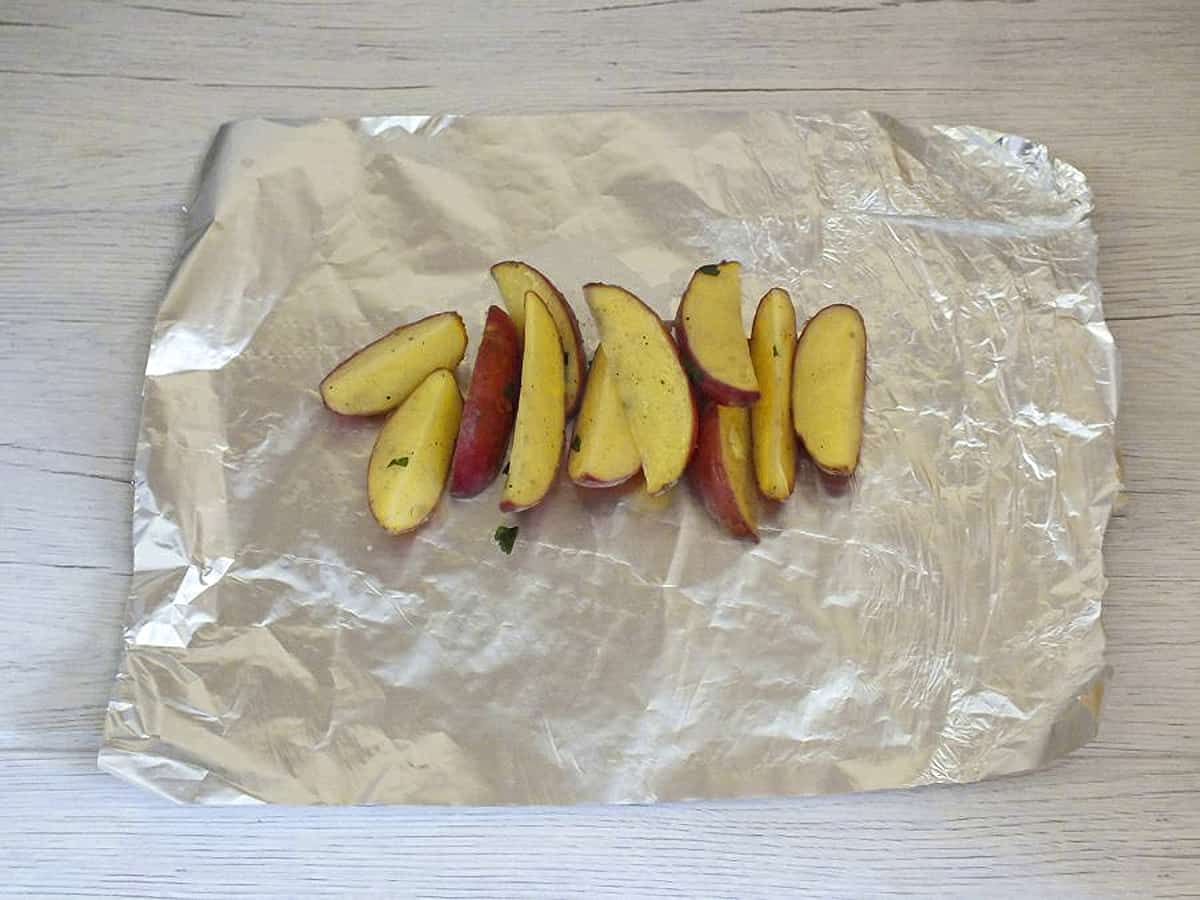
Now that you know you should avoid using tin foil to bake your potato, you can learn about all of the things you should do to cook the most delicious baked potato.
Wash and dry
Always thoroughly wash a potato before baking it because it may have remnants of dirt from the earth on it, or it may have chemical residue if it was previously washed during preparation. As most people like to eat the skin of a baked potato, it’s vital that you make sure it is clean.
You will then need to thoroughly dry the potato before baking it. A wet potato will go soggy in the oven. The exception to this is if you are cooking your potato in the microwave; these potatoes will need to be washed but can be microwaved without being dried.
Pierce
Potatoes should be pierced several times before they are baked for two reasons. First of all, the piercing helps the potato to cook more quickly, and secondly, the piercing prevents pressure from building up inside the potato, which can cause it to explode in your oven.
Potato selection
You might not care if your potato is a bit lopsided, but actually, when you are using potatoes for baking, you should try to select examples that are even in shape and size. This will ensure they cook more evenly. You should also choose potatoes that are not starting to turn green or have any sprouts forming on them, as this is an indication that the potato is not fresh, and it will not be the best tasting.
Turn
When cooking a baked potato, you should turn it over halfway through the cooking time. This will prevent the base of the potato which comes into contact with the oven tray or oven rack from browning or burning. It will also help to ensure even cooking.
Storage
Raw potatoes should be stored in a cool, dark, and dry area which is well ventilated. After buying your potatoes, they should last for several weeks in an environment like this, helping to reduce wastage and cut costs.
Time
If you lose track of how long your potato has been baking, you can check if it is done by stabbing it gently with a fork. If the fork pierces the skin easily and it can be pushed into the flesh of the potato without much force, then the potato is ready. If you feel resistance or the potato is hard, then it needs to be cooked for longer.
Toppings
Potatoes have a bad reputation for being boring or being high in carbohydrates, but actually, baked potatoes represent a very healthy choice. They contain plenty of vitamin C, vitamin B6, and potassium, and they also contain decent levels of fiber.
Baked potatoes by themselves are low in calories and fat, and if you want to keep them that way, there are lots of low fat and great tasting toppings such as plain yogurt with chopped parsley, cottage cheese, sliced scallions, and spicy tomato salsa. If you aren’t counting your calories, there are also lots of delicious toppings you could try to make your baked potato into a real showstopper, such as cheesy tuna and mayonnaise or a dollop of sour cream with a sprinkling of chopped chives.
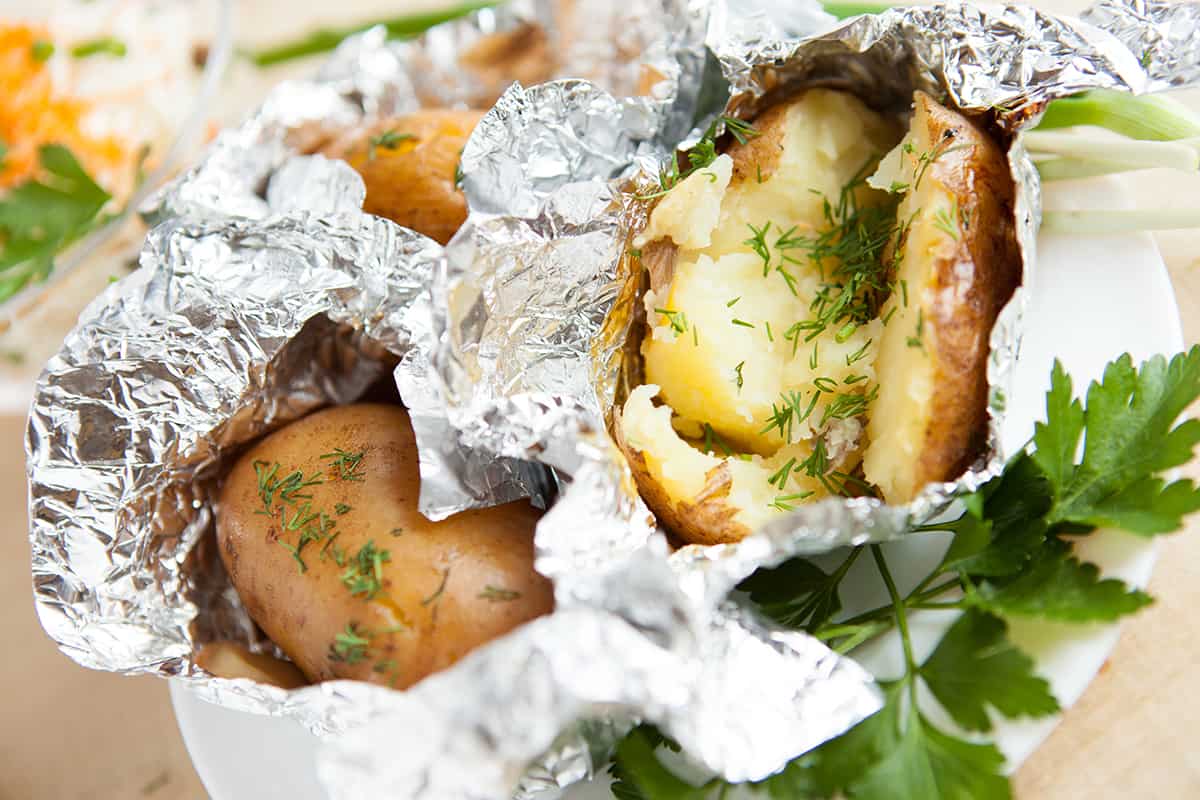
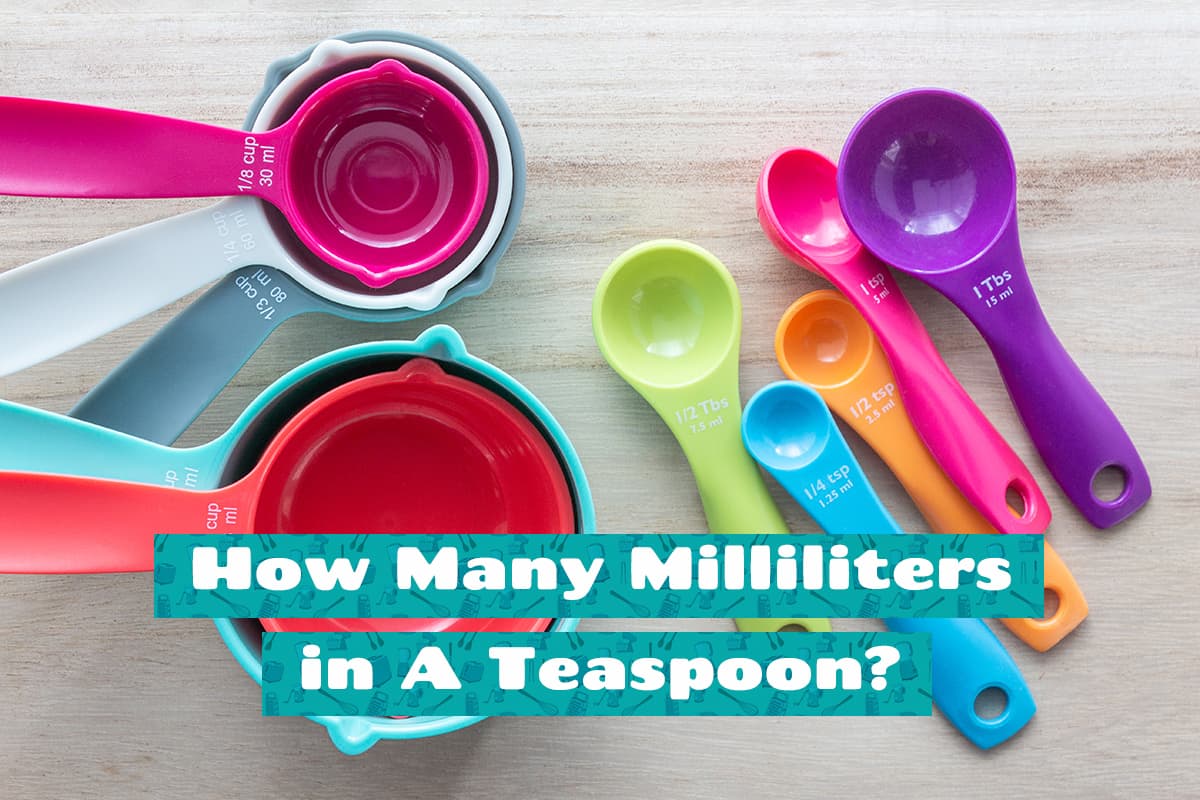


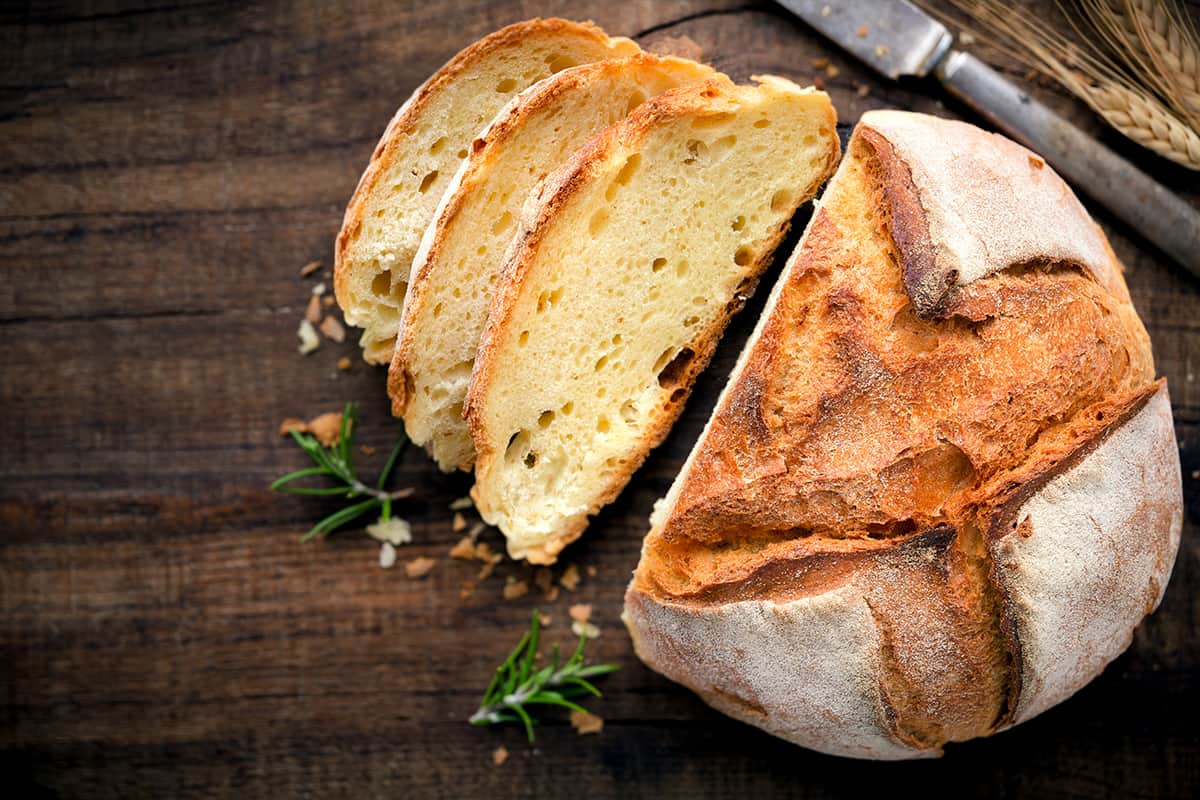
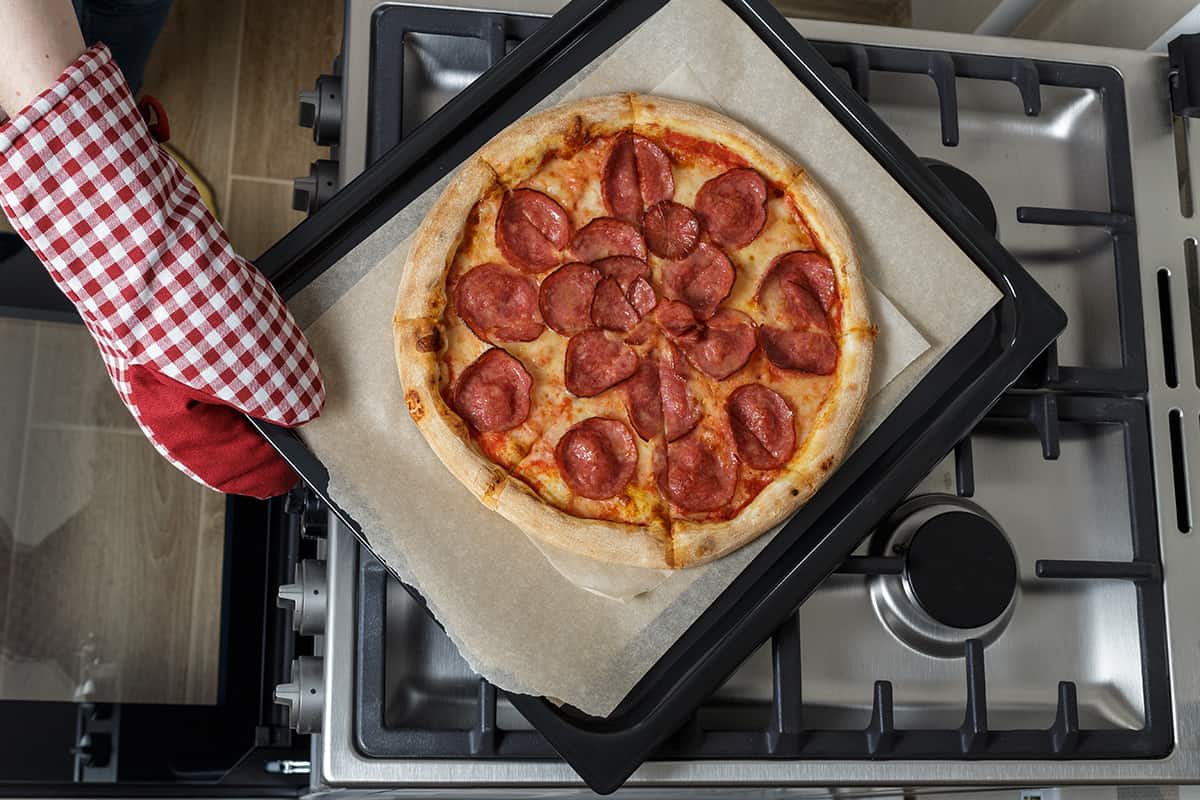
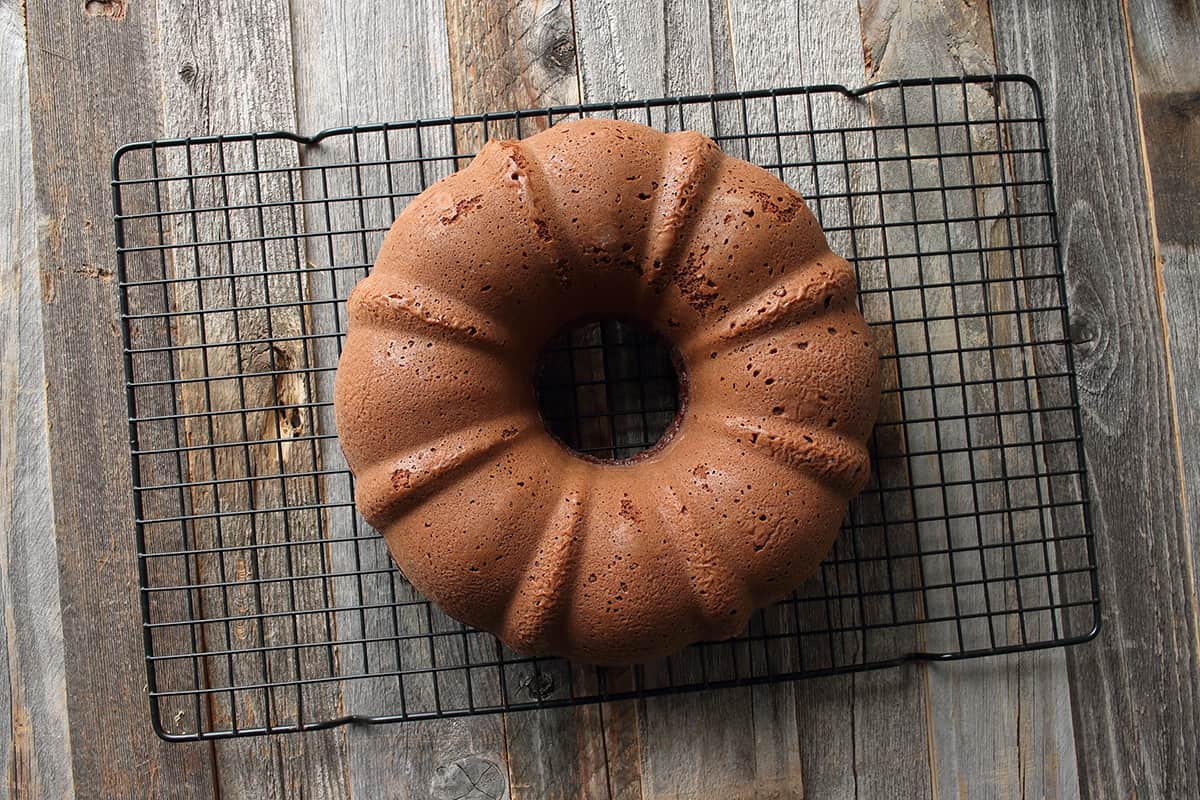
Leave a Reply